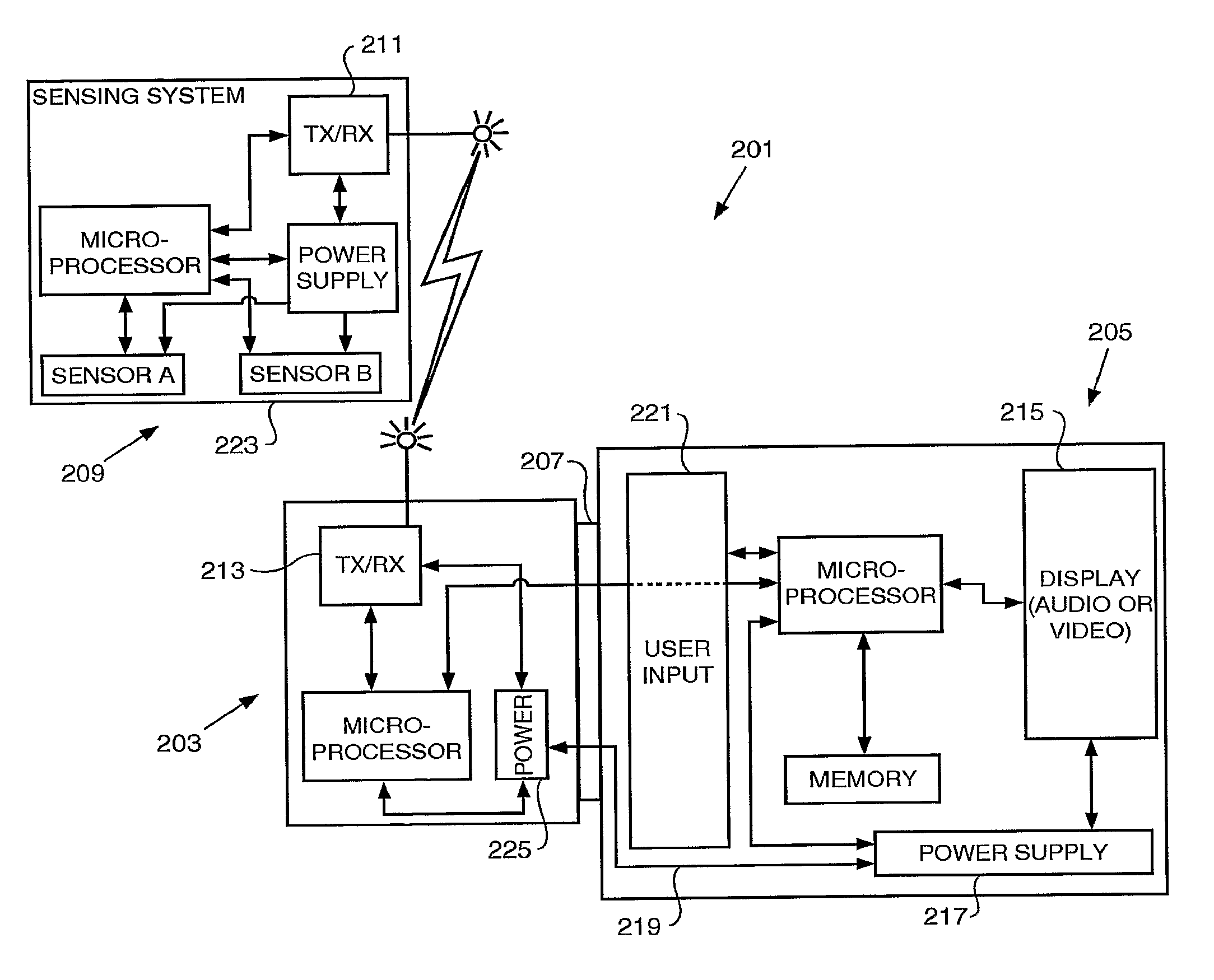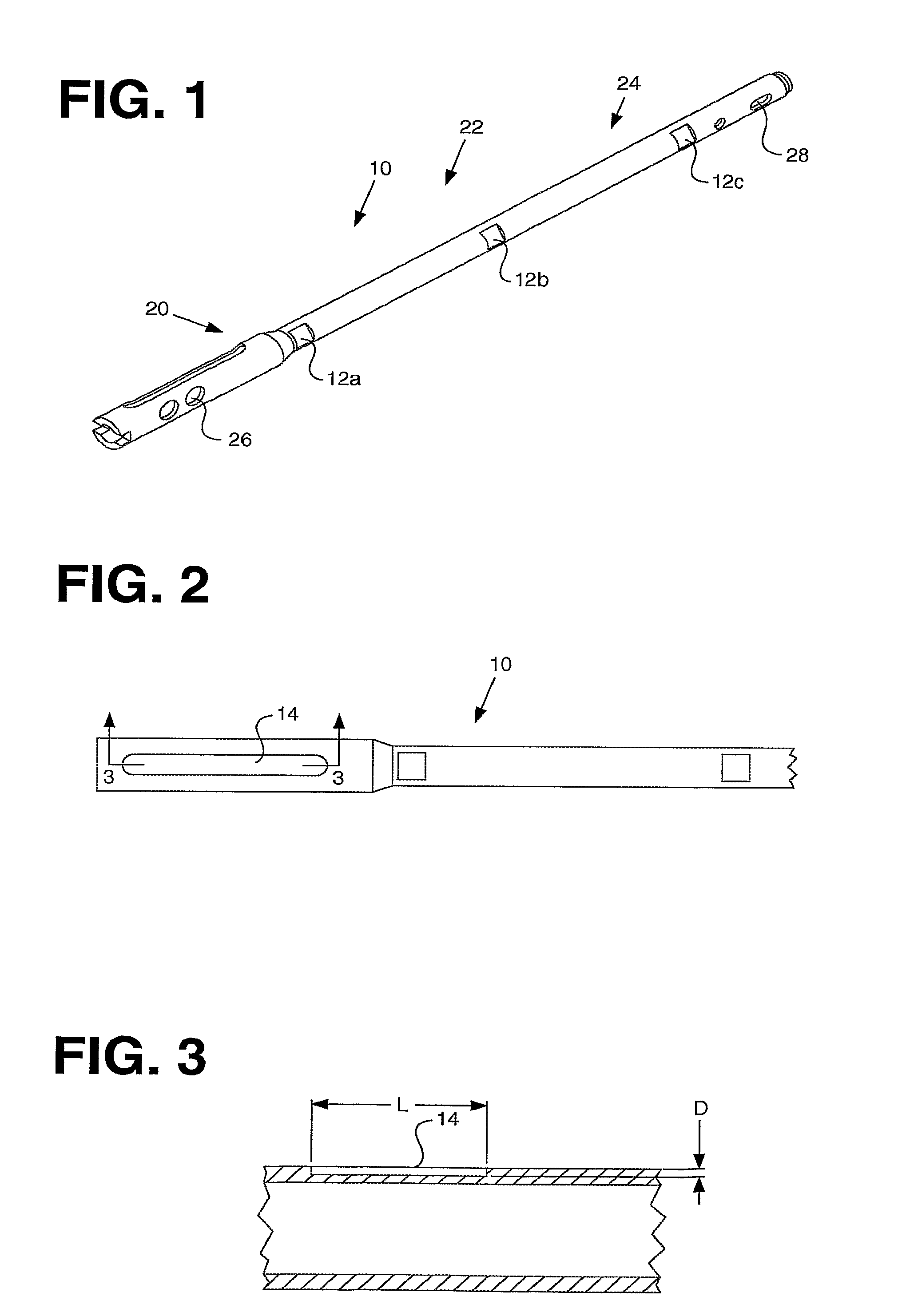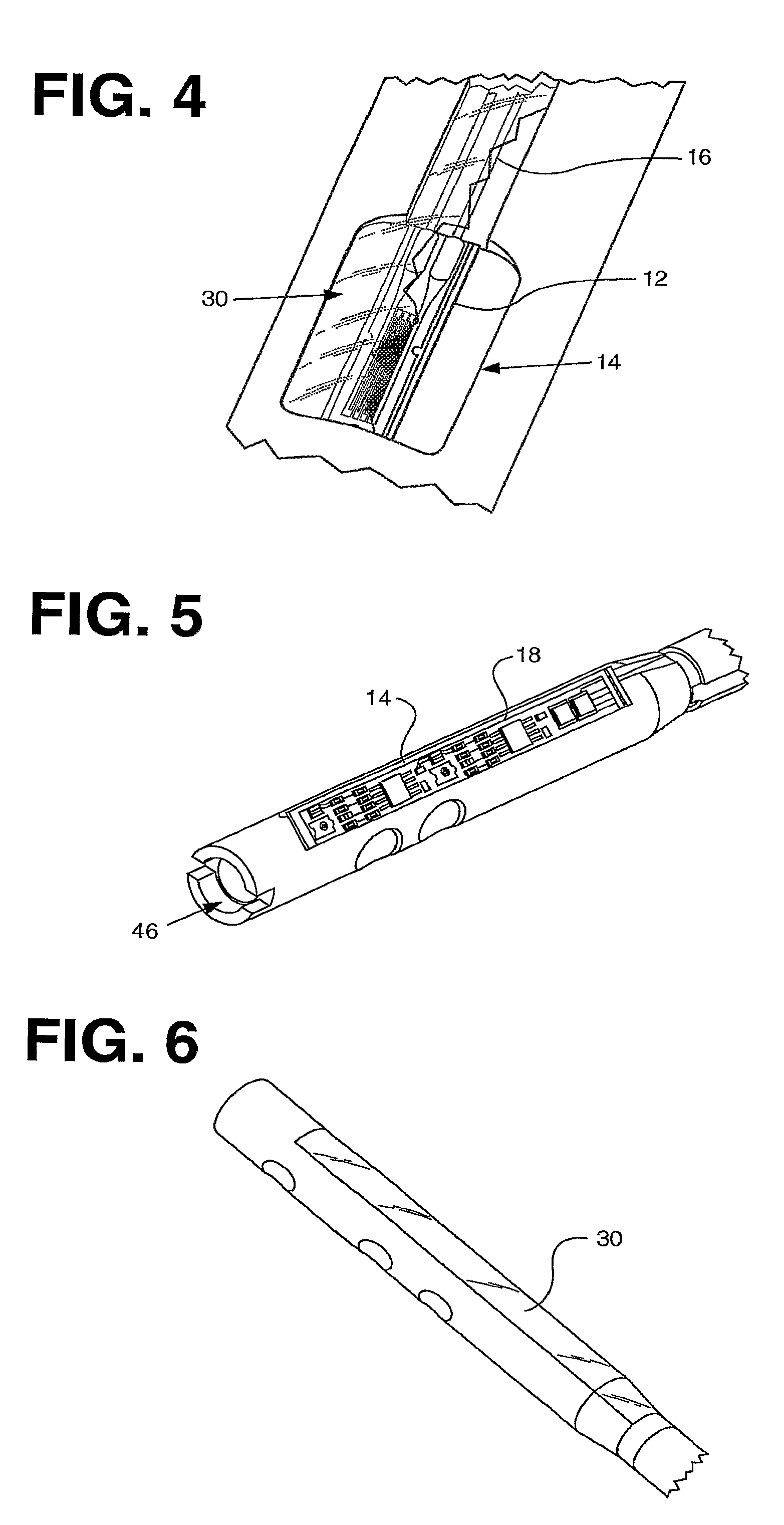Processing sensed accelerometer data for determination of bone healing
a technology of accelerometer and data acquisition, which is applied in the field of orthopaedic implants, can solve the problems of insufficient information for physicians to adequately assess the progress of healing, inability to quantify the load sharing between implants and bone during fracture healing from standard radiographs, ct, or mri, and achieves accurate and stable connection, promote/accelerate bone healing or a revision surgery. , the effect of promoting/accelerating bone healing
- Summary
- Abstract
- Description
- Claims
- Application Information
AI Technical Summary
Benefits of technology
Problems solved by technology
Method used
Image
Examples
first embodiment
[0200]The invention includes a method for determining the healing progression status of a subject. The method includes the steps of: (a) collecting accelerometer data through use of an accelerometer operatively connected to the subject; (b) retrieving the collected accelerometer data, the accelerometer data having a time domain component; (c) transforming the time domain accelerometer data into frequency domain accelerometer data; and (d) analyzing the frequency domain accelerometer data for healing progression of the subject. Optional steps may include wirelessly conveying accelerometer data to a remote processing system and communicating the analysis of the data to a user. In general, the accelerometer data is taken while the subject is undergoing a predefined task. For example, the predefined task may be ambulation. The predefined task may be performed preoperatively, intraoperatively, or postoperatively. For the intraoperative step, the subject may be assisted by a surgeon or ot...
second embodiment
[0201]The invention includes a second embodiment for determining the healing progression status of a subject. The method includes the steps of: (a) attaching an accelerometer to a subject; (b) collecting accelerometer data through use of the accelerometer; and (c) analyzing the accelerometer data to determine if the subject has progressed in healing status. The step of attaching an accelerometer to a subject includes installing a smart implant in the subject. As examples, the smart implant may be a bone plate, a bone screw, a bone peg, a bone staple, an intramedullary nail, an intramedullary nail cap, an intramedullary nail / plate, an interference screw, a hip replacement stem, a hip replacement femoral neck, a hip replacement femoral head, a hip replacement acetabular liner, a hip replacement acetabular shell, a knee replacement tibial tray, a knee replacement tibial tray liner, a knee replacement femoral component, a knee replacement tibial tray shaft extension, a knee replacement ...
PUM
 Login to View More
Login to View More Abstract
Description
Claims
Application Information
 Login to View More
Login to View More - R&D
- Intellectual Property
- Life Sciences
- Materials
- Tech Scout
- Unparalleled Data Quality
- Higher Quality Content
- 60% Fewer Hallucinations
Browse by: Latest US Patents, China's latest patents, Technical Efficacy Thesaurus, Application Domain, Technology Topic, Popular Technical Reports.
© 2025 PatSnap. All rights reserved.Legal|Privacy policy|Modern Slavery Act Transparency Statement|Sitemap|About US| Contact US: help@patsnap.com



